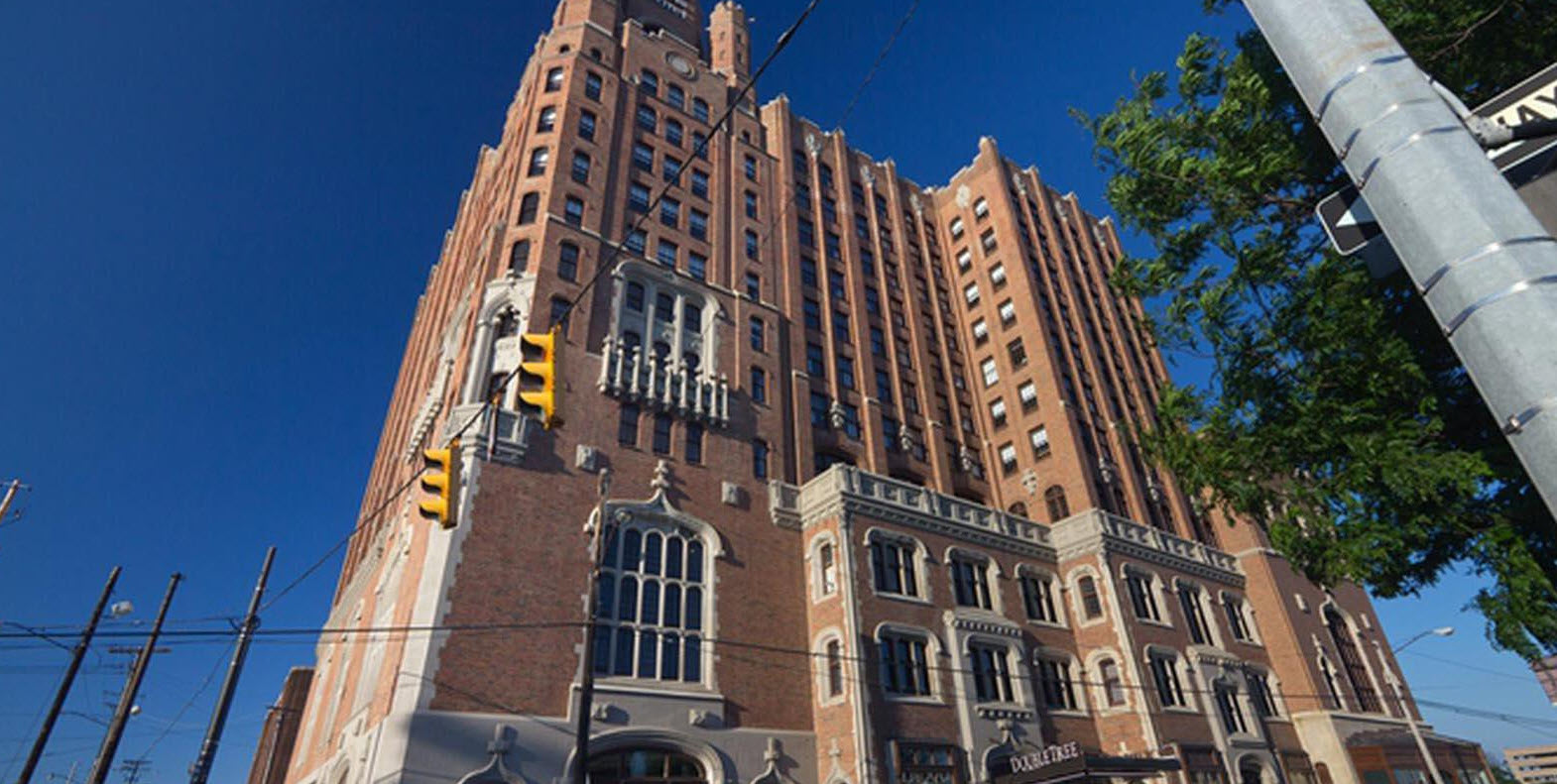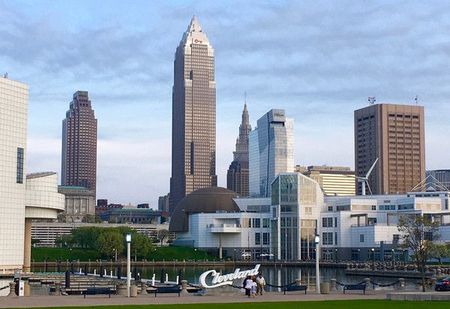
Cleveland Ohio’s Rich History
Here’s a peek at Cleveland’s rich history from its roots up to modern times:
Establishment
 Mapmakers of the Connecticut Land Company founded Cleveland on July 22, 1796, when they outlined Connecticut’s Western Reserve. The city was named ”Cleveland” after the leader of the mapmakers who was named Moses Cleveland. On December 23, 1814, nearly two decades after its founding, the Cleveland village was officially formed. The fact that the town was established on the shore of a lake turned out to be a huge advantage, as the city had access to the Great Lakes trade.
Mapmakers of the Connecticut Land Company founded Cleveland on July 22, 1796, when they outlined Connecticut’s Western Reserve. The city was named ”Cleveland” after the leader of the mapmakers who was named Moses Cleveland. On December 23, 1814, nearly two decades after its founding, the Cleveland village was officially formed. The fact that the town was established on the shore of a lake turned out to be a huge advantage, as the city had access to the Great Lakes trade.
Cleveland’s name got its current spelling in 1831 when the local newspaper called The Cleveland Advertiser altered the town’s name. They couldn’t fit ”Cleveland” on the newspaper’s nameplate so they dropped the first ”a” in the town’s name. Five years later, in 1836, Cleveland was officially established as a city. At that time, the city was located only on the eastern banks of the Cuyahoga River. On the other side of the river was the neighboring Ohio City, which was on bad terms with Cleveland. The towns clashed because of a bridge connecting the two communities. Ohio City got annexed by Cleveland in 1854.
Growth and development
Cleveland experienced rapid growth of population after the American Civil War and, by the early 20th century, it emerged as a large American manufacturing center. The city’s car industry was prospering during this period and Cleveland was known as the ”Sixth City”, as it was the 6th largest in the United States.
Cleveland’s economic growth and industrialization attracted a large number of immigrants from Eastern and Southern Europe as well as Ireland. There were also African Americans from the South who came as part of the Great Migration. They came in the search for jobs, constitutional rights, and relief from racial discrimination. By 1920, Cleveland’s population reached nearly 800 thousand people, making it the 5th largest in the nation.
During Prohibition, the city saw a rise in organized crime and mobs that smuggled bootleg liquor. Cleveland was hit hard by the Wall Street Crash of 1929 and needed some time to recover.
Late 20th century and recent history
After 1945, the city initially went through an economic boom. However, in the 1960’s, the economy began to slow down and residents started moving to the suburbs. In June 1969, the United States witnessed the burning of the Cuyahoga River. That brought national attention to the issue of industrial pollution in Cleveland. This catalyzed the formation of the American environmental movement.
The city had a lot of racial unrest during the 1960’s. Despite that, in November of 1967, Cleveland became the first large city in America that elected an African American for its mayor. In the 1970’s, the town’s economy got into huge problems. This lasted well into the 1980’s when Cleveland’s economy underwent a steady recovery under mayor George V. Voinovich.
At the start of the 21st century, Cleveland managed to develop a more diverse economy and gained a national reputation for its healthcare and arts. The city became a leader in environmental protection and successfully cleaned up the Cuyahoga River from pollution.
